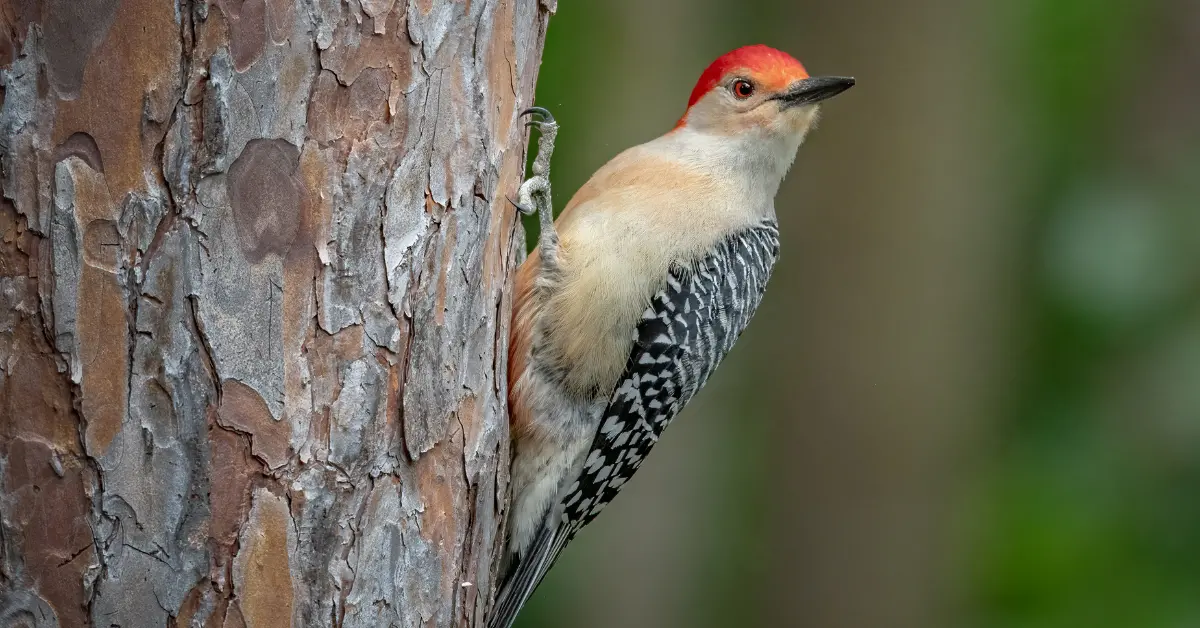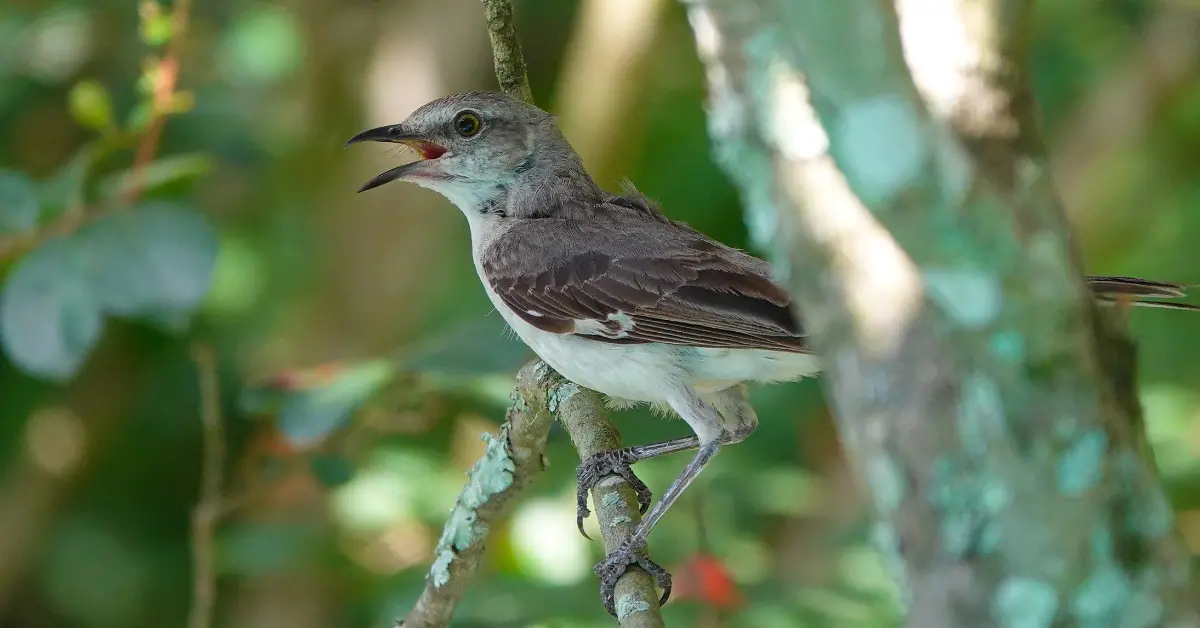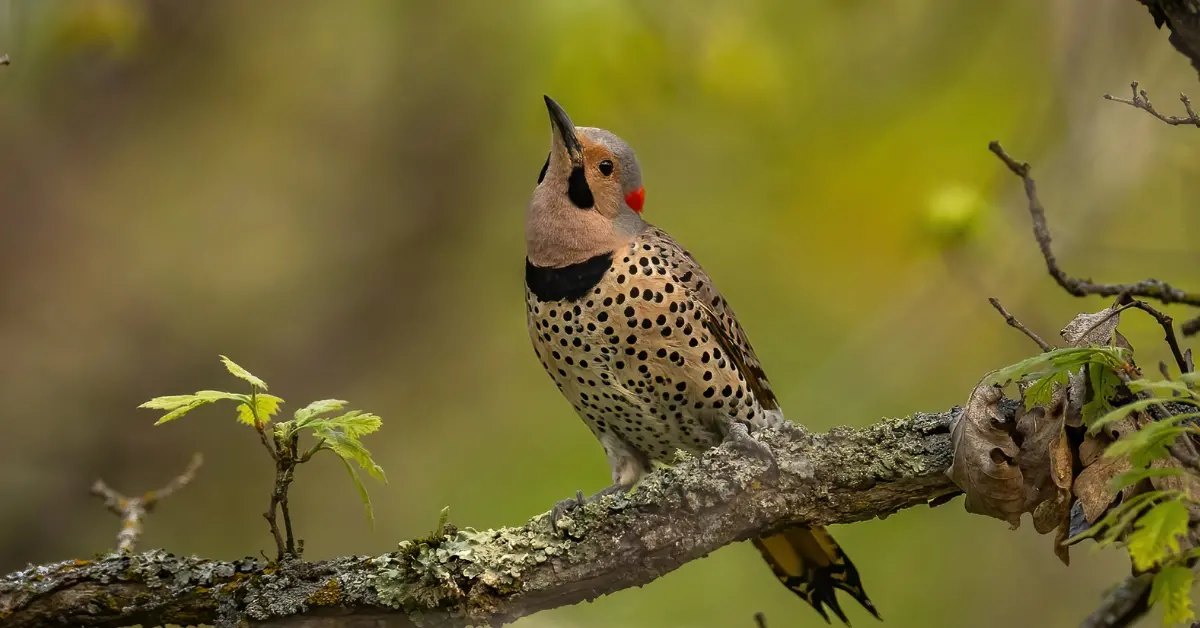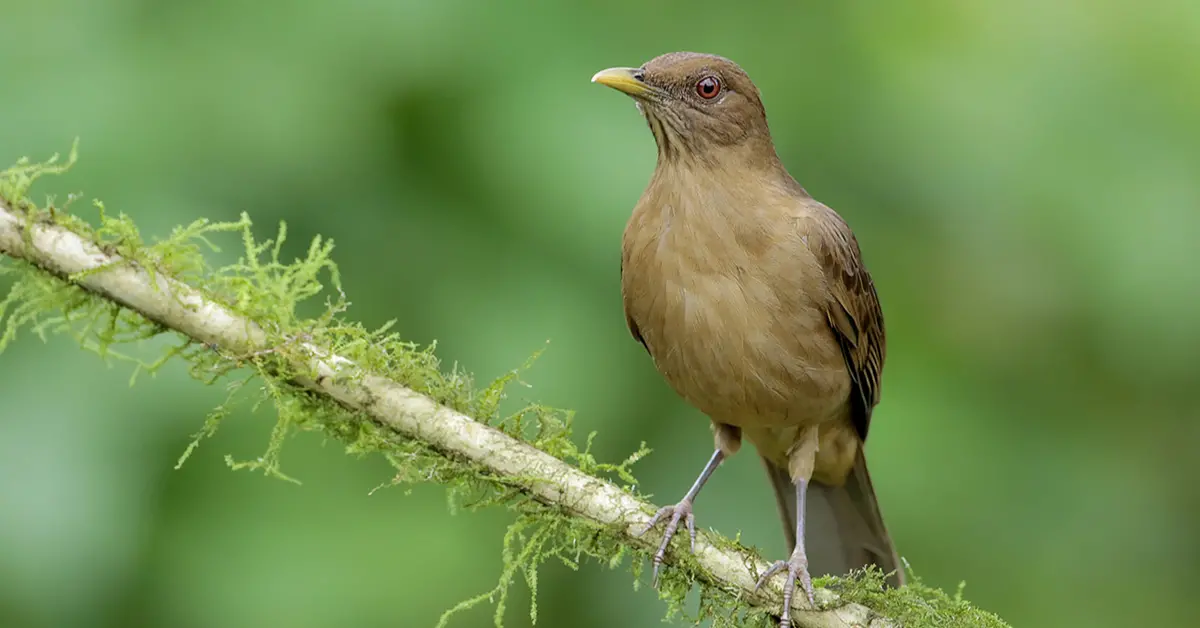Let’s be honest…
Few topics ruffle as many feathers on a birding page as cats.
Ask whether outdoor cats should be banned and you’ll summon a flock of opinions – some purring, some hissing.
So let’s take a deep breath, put down the pitchforks (and the laser pointers), and look at what the evidence says, what it doesn’t, and where a sensible middle perch might be.
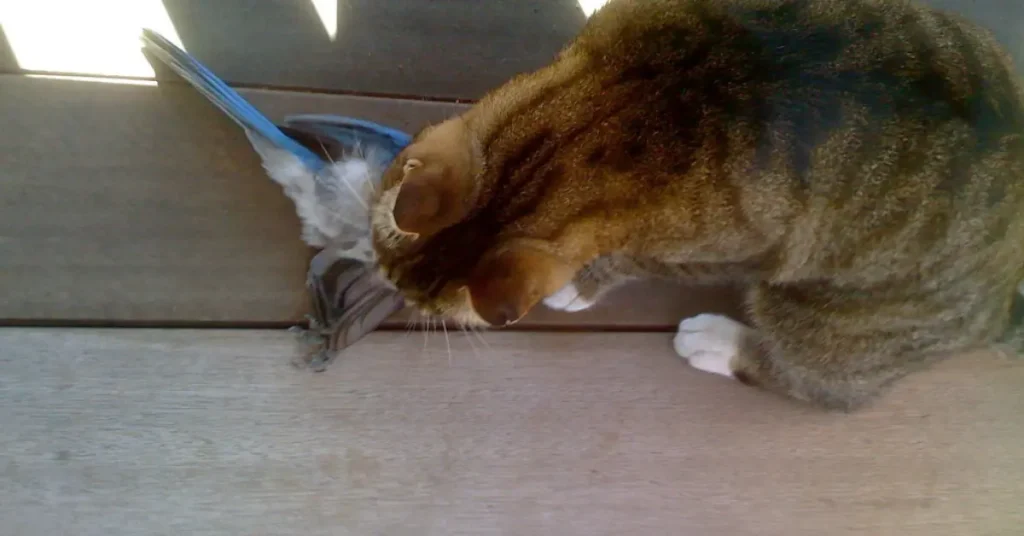
The case for a ban: birds are in the firing line
There’s no way to sugar-coat the numbers. In the United States, free-roaming cats are estimated to kill 1.3–4.0 billion birds annually, with unowned cats responsible for the majority of that toll. That’s not a rounding error; it’s a tidal wave of small deaths that adds up across landscapes. Nature
Australia tells a similarly sobering story. A national analysis estimates cats (pet and feral combined) kill ~377 million birds each year – more than a million a day – with many threatened species among the casualties. nespthreatenedspecies.edu.auABC

Beyond direct predation, cats can change bird behaviour. Nesting pairs may feed chicks less when cats are nearby, and urban green spaces – those tiny lifeboats for wildlife – often host lots of cats and relatively few refuges. It’s no surprise that some conservationists push for strong restrictions, especially around sensitive habitats such as shorebird sites or small urban reserves. Animal-welfare agencies and city planners in Canberra (Australian Capital Territory) have already moved to mandatory cat containment for cats born after 1 July 2022, with full-time containment in designated suburbs. cityservices.act.gov.au
The case against a ban: complexity, culture, and cat welfare
Here’s where it gets knotty. While cats clearly kill birds, the population-level impact – particularly in the UK’s garden birds – remains contested. Some UK studies document very high numbers of prey returned by cats (tens of millions of birds annually), but translating “kills” into “declines” isn’t straightforward because habitat loss, pesticides, collisions, and climate effects are also doing heavy lifting in bird declines. In short: the headline numbers are grim, but causation can be murky at landscape scales and can vary by place and species. PLOSConservation BiologyPMC
There’s also the cultural piece. In parts of Europe, especially the UK, allowing cats outdoors is widely accepted. A blanket ban would likely be unenforceable, risk public backlash, and – crucially – could backfire for animal welfare if it drives abandonment or non-compliance. Veterinary bodies also note that policies should consider enrichment and owner behaviour, not just where a cat sleeps. The American Veterinary Medical Association (AVMA), for instance, encourages keeping owned cats indoors or under an owner’s direct control (think catios and leashes), rather than arguing for universal bans. AVMA

And about cat welfare: you’ll often see claims that indoor cats live dramatically longer than outdoor cats. The risk profile outside (cars, fights, disease) is real, but lifespan studies are more nuanced than the internet meme suggests – indoor/outdoor cats don’t always show a clear lifespan penalty compared to strictly indoor cats, though outdoor-only cats fare worst. PLOS
What actually works right now?
If “ban all outdoor cats” is too blunt an instrument and “let them roam” is too lax, what’s the practical, evidence-based middle path? Happily, there are tools – some simple, some policy-level – that reduce bird deaths today.
1) Keep cats under control (all or part-time)
- Full indoor life or catios/leashed walks: Gold-standard for wildlife and usually healthiest for the cat. AVMA backs this approach. AVMA
- Curfews/seasonal containment: Night-time or breeding-season curfews can cut risk during peak fledgling chaos without asking for 24/7 changes. Canberra’s model shows how jurisdictions can phase in containment and target sensitive areas first. cityservices.act.gov.au
2) Make hunters more visible (and audible)
- Bells: Multiple trials show bells can reduce prey brought home – roughly a third to a half fewer birds in some studies. Not perfect, but better than nothing. ScienceDirectResearchGate
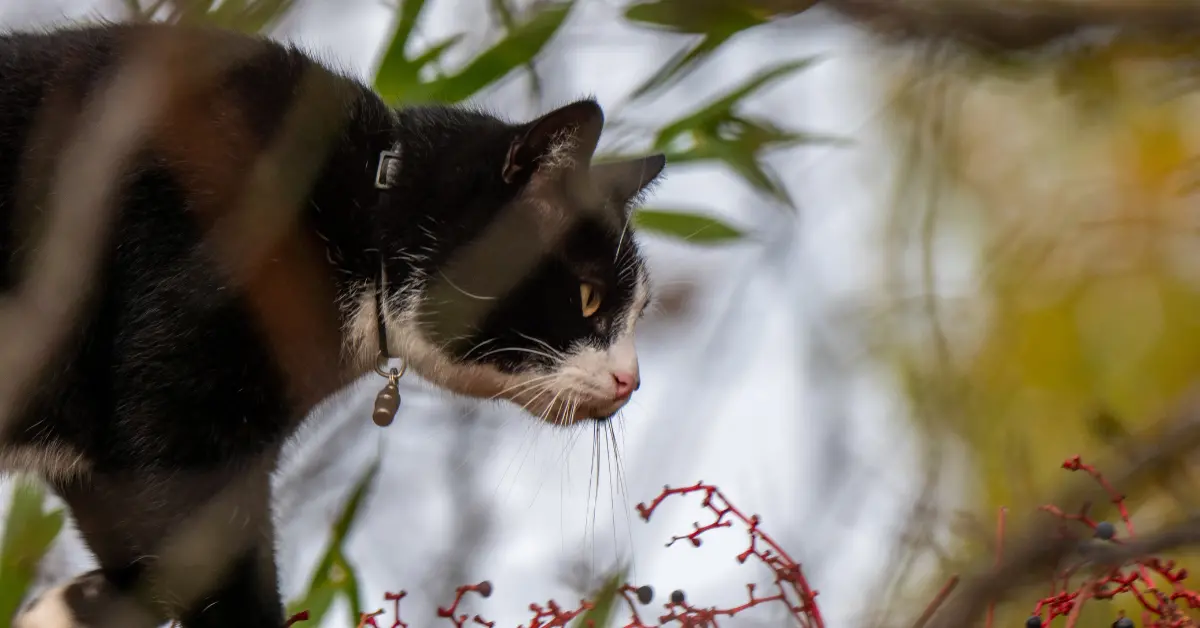
- High-visibility collar covers (e.g., Birdsbesafe®): Field studies in the US and UK report substantial reductions in birds killed when cats wear these brightly patterned collars – sometimes in the ~60–80% range. Quick-release safety is a must, of course. MeridianBirdsbesafe
3) Fewer new kittens on the landscape
- Neutering reduces roaming and hunting drive in some cats, and it’s essential for limiting colony growth. Trap-Neuter-Return (TNR) can reduce numbers locally where very high sterilization rates are sustained, but evidence is mixed at city-wide scales; maintaining >70% sterilization continuously is a tall order. A fair reading: TNR is one tool, not a silver bullet. PMCAsk IFAS – Powered by EDISThe New Yorker
4) Smarter urban design (for birds)
- Safe bird-feeding setups: Elevate feeders and keep dense cover nearby for quick getaways.
- Window strike prevention (decals, strings, screens): If we’re serious about birds, we can’t ignore glass collisions while arguing about cats.
- Shrubs > lawn: More structure equals more escape routes and better nesting cover.
5) Policy nudges that help without polarising
- Microchipping and licensing improve accountability and reunite lost cats with owners (England’s new microchipping requirement kicked in 10 June 2024). GOV.UK
- Targeted containment zones around high-value bird habitats and during critical seasons can deliver big conservation gains without dictating lifestyles everywhere. cityservices.act.gov.au
So…ban outdoor cats?
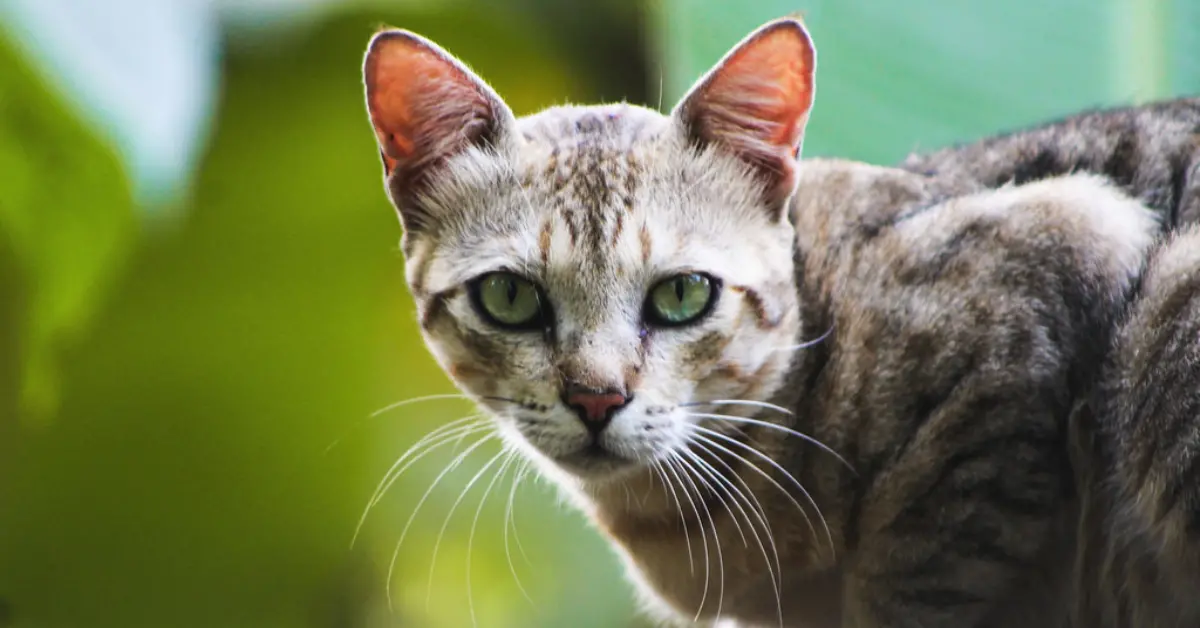
Here’s the view from the fence (where the robins and wrens are perched, rolling their eyes at us):
- A total ban is likely to be blunt, divisive, and hard to enforce. It risks alienating cat owners whose buy-in we absolutely need.
- Doing nothing isn’t credible either, given the scale of predation documented in many places. Naturenespthreatenedspecies.edu.au
The sweet spot? Responsible containment by default, with stronger rules where the stakes are highest. That means: keep pet cats indoors or under direct control where possible; use bells or high-visibility collars if they go out; build catios (they’re basically bird blinds with cushions); and support area-based containment around sensitive sites and during fledgling season. Pair that with urban bird-friendly design and targeted, well-resourced programs for unowned cats that actually reduce colony sizes.
Final thoughts (and a friendly challenge)
Outdoor cats and wild birds didn’t sign a peace treaty, and they’re not about to. But people – bird-lovers and cat-lovers alike – can make pragmatic choices that dial the harm way down without declaring war on each other.
If you’re a birder with a cat: try a bell or a Birdsbesafe® collar cover, keep your cat in during dawn/dusk in spring, and consider a weekend project catio. If you’re a cat person who doesn’t (yet) love birds: elevate your feeders and add shrubs so fledglings have cover, and you’ll still enjoy feathered neighbours – minus the grim “gifts.”
Bans make headlines. Habits save birds. Let’s start there.

